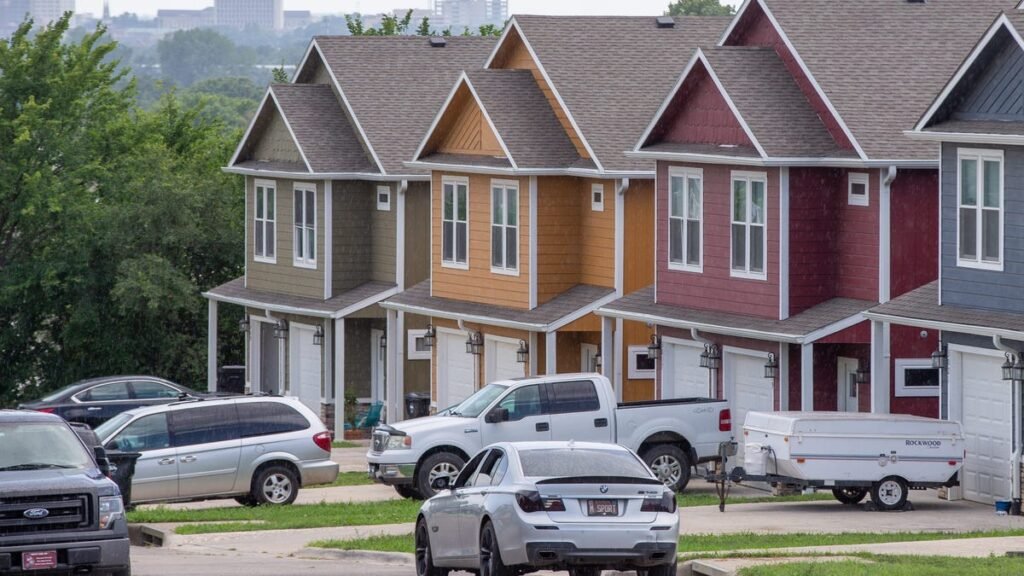
Second half hurricane season risks
On the peak day of hurricane season, the Atlantic is storm-free, a rare occurrence. However, warm waters could fuel a dangerous late-season surge.
In September 2024, investors were eagerly expecting the Federal Reserve to deliver its first interest rate cut in four years at an upcoming meeting. Mortgage rates had been falling, but many Americans were “locked in” by ultra-low pandemic-era rates and unable to afford to move. If the Fed made a cut, the thinking went, it could unlock a flood of activity into the housing market.
It’s now September 2025, and it’s déjà vu all over again.
In a matter of days, the Fed is widely expected to deliver its first rate cut in a year. Mortgage rates have been falling since June and now stand at an 11-month low. And while home sales have limped along at the worst pace since 1995, there’s no lack of pent-up demand.
A year ago, housing market observers were more optimistic. Now, there’s some skepticism.
Among other things, mortgage rates may not cooperate.
“My expectation right now is a 25-basis point cut, which the market has already fully priced in,” said Danielle Hale, chief economist for Realtor.com. “But the market has really high expectations for the Fed to move quickly and I think it’s an open question whether the Fed will in fact move that fast. That does create a situation where interest rates could go up if the Fed doesn’t meet those expectations.”
Hale thinks the housing market overall is a bit healthier than the low level of sales might indicate, however. Most importantly, there’s a better balance of power between buyers and sellers than there has been in years.
Nationwide, there were five months of supply on the market in August, Realtor.com data show, the best summer inventory situation in nearly a decade. Even better, seven metro areas were firmly in buyers’ market territory, meaning there were at least six months of supply available for purchase.
Yet, sellers are willing to pull their homes from the market if they don’t get the price they want, Hale said. What’s more, a lot of Americans still have mortgage rates that are low enough to make the idea of a move daunting, and affordability overall hasn’t improved much even as the economy has softened.
Veteran housing analyst Ivy Zelman agrees that between prices and rates, homeownership is simply out of the picture for many Americans. It would take a whopping 60% of the paycheck of the average buyer to afford all-in housing costs – mortgage, insurance, and property taxes – on the median-priced home, Zelman said in a Q&A session with reporters in mid-September.
With that in mind, the question of whether to rent or buy favors renting, to the tune of about $812 per month on average, which Zelman reckons is the biggest margin since the early 1980s. For lower-income households, “it’s really challenging out there,” she said.
One contrarian view comes from David Lazowski, president of national growth and recruitment at Fairway Home Mortgage.
“We’re at the beginning of what we think could be a period of declining rates,” Lazowski said. For the past several weeks, Fairway loan officers have been inundated with refinance applications, and he thinks that activity will soon spread to purchases as well.
Lower rates don’t just allow buyers more purchasing power, he pointed out; they also entice owners with low rates to make the next move.
“There’s tremendous pent-up demand for purchases,” he said. “There are so many people on the sidelines. We think we could see several years of the purchase market being strong. I know that’s contrary to popular thinking, but think about the demographic of people who have not yet bought but want to try. We are hardly in a bubble.”

